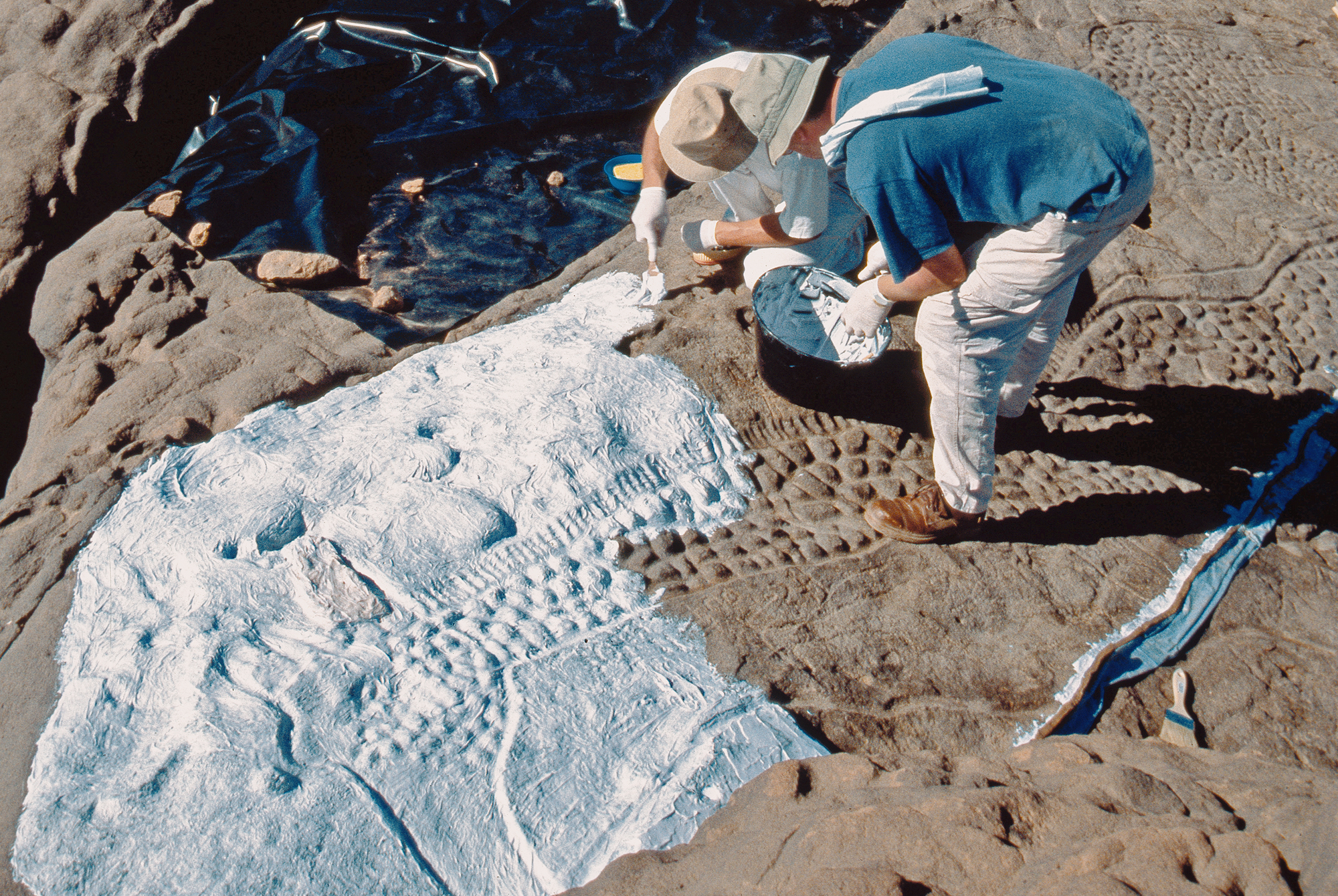The Enigmatic Dabous Giraffes: The World’s Largest Animal Rock Petroglyphs in Niger
The Dabous Giraffes, a remarkable set of rock petroglyphs, stand as a testament to the rich history of artistic expression in Africa. Located in the Air Massif region of Niger, these colossal carvings have intrigued researchers and art enthusiasts alike for their sheer size and historical significance. Estimated to have been created between 12,000 and 7,000 BC, during the African Humid Period, these petroglyphs provide a window into the distant past when the Sahara Desert was a fertile savannah, teeming with life. Additionally, the presence of petrified wood in the vicinity lends further credence to the idea that this area once sustained both animal and human populations.
The Dabous Giraffes are a collection of rock carvings that depict giraffes, among the most iconic and distinctive creatures of Africa’s wildlife. These petroglyphs are not just any giraffes; they are colossal in size, measuring up to 18 feet (5.5 meters) in height. The scale and precision of the carvings are unparalleled, making them the largest animal rock petroglyphs ever discovered.
Dating the Dabous Giraffes has been a challenging task, but researchers have estimated their creation to fall within the range of 12,000 to 7,000 BC. This period corresponds to the African Humid Period, which spanned from approximately 14,600 to 5,000 years ago. During this time, the climate of the Sahara region was considerably wetter and more hospitable than it is today, transforming the desert into a lush savannah. This climatic shift likely played a crucial role in the creation of the petroglyphs, as well as in sustaining life in the region.
The Dabous Giraffes provide valuable insights into the artistic and cultural practices of the people who inhabited the region during the African Humid Period. The choice of giraffes as the subject matter suggests a deep connection to the local fauna and emphasizes the cultural significance of these magnificent creatures.
In addition to the petroglyphs themselves, the discovery of petrified wood in the vicinity of the Dabous Giraffes offers compelling evidence that the region was once capable of sustaining both animal and human life. Petrified wood is a testament to the presence of a flourishing ecosystem with vegetation, which would have been essential for herbivores like giraffes. This finding challenges the modern perception of the Sahara as a barren desert and highlights its dynamic history.
The Dabous Giraffes, with their colossal size and historical context, represent a remarkable chapter in the prehistoric art of Africa. These petroglyphs not only celebrate the ancient cultural heritage of the region but also provide valuable clues about the environmental and climatic changes that shaped the Sahara over millennia. As researchers continue to explore and study this extraordinary site, the Dabous Giraffes continue to inspire awe and curiosity about the rich and complex history of the African continent.
Hits: 17






